Main Menu
Hormones: Run in the Know

Deb has a passion for running trails and ultra marathons, and for being out in nature any chance she can get. She is a NJ transplant living in the North Georgia mountains, where she works as a physical therapist. Adventuring with her favorite companions (her husband and three kids), is her favorite way to spend her time.
Share This Article!

We have all been there…you meticulously plan race day to the very last detail, only to wake up the day before, or even *gasp* the day of, to the warm greeting of your dreaded monthly visitor. It hits you like a slap in the face. Let’s face it, no matter how good we may be at tracking our cycles, or being in tune to our bodies, when choosing a race (typically months in advance), there is no way to know for certain exactly where in our cycle we may be.
Some women are graced with very regular, clockwork cycles, but many of us have erratic ones, affected by stress, the alignment of the stars, what we ate for dinner on Tuesday…you get the idea. Those of us who are fairly consistent may have a pretty good idea of whether or not we need to bring some extra supplies on race day, but there is more to it than that. And who wants to be held captive by their cycle, and trying to plan around it.
In fact, even if we time our racing for the most convenient time of the month, we may miss out on some amazing events, and we may also be sacrificing optimal performance (wait, what?!?). Since we have to do training runs all month long, we should probably embrace our unique set of circumstances, and carry on as usual…with a few additional considerations.
Let me rewind a bit. It is first important to understand some basics about the science of our menstrual cycles, so that we might better understand the potential affects on how we feel and perform from day to day. We are going to assume a “typical” 28 day cycle (because we are all the same and completely typical, am I right, ladies?). The first 14 days (from the start of menses to ovulation) is the follicular phase, and day 14-28, is the luteal phase. The follicular phase produces an increase in estrogen at day 5-6, followed by a surge of estrogen at around day 12, which causes ovulation. Estrogen then drops off. Note: there are other hormones at play here as well, but for the purposes of our discussion we will stick with estrogen and progesterone.

Upon initiation of the luteal phase, progesterone increases with the highest levels of progesterone and estrogen approximately 5 days prior to the start of menstruation. Even though both hormones increase, progesterone is dominant during this time. Can you say PMS?!?
So, you are probably thinking, “WHO CARES?!?” We all should, because these little gems are key to how we feel! There are many implications to these fluctuations in hormone levels, and being able to detect those changes will help the female endurance athlete to better plan workouts, and to better understand and predict our response to certain types of efforts, all of which will enhance training and race-day performance.
Raise your hand if you love trail running with a pack full of tampons, and wearing your boring black shorts, because the cute yellow ones may be just a tad too risky? No? You aren’t alone! The alternative is just too embarrassing to consider, but if we are being honest, it has happened to all of us at least once. Unfortunately, that’s life, so how do we understand and work around those pesky annoyances?
Estrogen and progesterone have some pretty interesting effects on certain body systems, aside from the inconvenience of dealing with feminine products on the trail. The astute endurance athlete may notice some shifts and swings during the different phases of her cycles, and some women chart these changes to facilitate an understanding of personal patterns, which may assist with planning (and enable us to be easier on ourselves when our performance may be less than optimal).
So what are the practical effects of our hormones on our training and racing? There are numerous, but we will just touch on some of the key considerations that could potentially have a large impact on our daily schedules. It can be very helpful to track your cycle and how you are feeling from day to day to help establish your particular pattern, as everyone’s patterns and responses may vary greatly, but are often relatively consistent from month to month.
That having been said, many women do well to perform hard, anaerobic workouts during estrogen-dominant days as occur in the mid/late portion of the follicular phase. Estrogen increases pain tolerance as well as the ability of the body to utilize glycogen stores. It is also important to note that replenishing those glycogen stores during this period of time is also important, and that post-workout meal is especially crucial here. Also, additional carbohydrate intake in general during this week can be helpful. Given that basal metabolic rate is also slower during this time, intense workouts and good diet will help to boost metabolism as well.

During the luteal phase, with progesterone being dominant (although estrogen will also rise again during this phase), there are different considerations. Body temperature is higher, and it is important to focus on hydration to assist with cooling. Heat acclimation is also helpful, as it will enable one’s body to be more efficient at cooling, so the increase in body temperature may not be noticeable. Blood volume also increases during this time, so with the blood being thicker, it is more difficult to shunt blood to the extremities via vasodilation (expansion of blood vessels), which is the body’s way of cooling itself, again increasing the importance of hydration. This phase is more suited to longer, slower efforts, as fat will be the fuel of choice for the body at this time.
In addition, less intense efforts may be more enjoyable, and can help to counteract the lack of motivation and water retention that can characterize these days. Also, when you may be feeling unmotivated and bloated, just remember that working out during this time can improve blood flow to the kidneys, which in turn increases urination, thereby decreasing water retention/bloating. And who doesn’t love to get rid of sausage fingers and that 4-months-pregnant look around the belly?? That having been said, you don’t have to completely throw that hard track workout out the window! Just understand that it may feel a little tougher, and that’s ok – in fact we need those hard efforts when we aren’t really “in the zone” to help improve our mental game, which is so critical during long races.
Some women have minimal noticeable changes in performance, mood, and motivation, with little negative body reactions as hormone levels ebb and flow. However, other women experience significant variations in how they feel and perform throughout their cycles, and being able to track and predict when these shifts will occur is an extremely empowering tool for the female endurance athlete. Just as what works for race-day nutrition can vary greatly from person to person, so may cyclic reactions to hormonal changes. You are unique, and YOU are best equipped to crack the code that is your menstrual cycle to determine how to get the best results out of your training. So get out your calendar and a pen and start tracking, ladies!
References:
Fischetto, G. & Sax, A. (2013). The Menstrual Cycle and Sports Performance. New Studies in Athletics, 28:3/4; 57-69
Greenfield, Ben. (2015, March 2). The Underground Guide to Planning Your Exercise Around Your Menstruation Cycle. Retrieved from https://www.bengreenfieldfitness.com
de Jonge, Janse. (2003). Effects of the menstrual cycle on exercise performance. Sports Med, 33(11): 833-51
Odell, Nicole. (2014, May 29). The Female Athlete: Understanding Your Cycle and Performance. Retrieved from https://www.trainingpeaks.com
About the Author

Deb has a passion for running trails and ultra marathons, and for being out in nature any chance she can get. She is a NJ transplant living in the North Georgia mountains, where she works as a physical therapist. Adventuring with her favorite companions (her husband and three kids), is her favorite way to spend her time.
Share This Article!

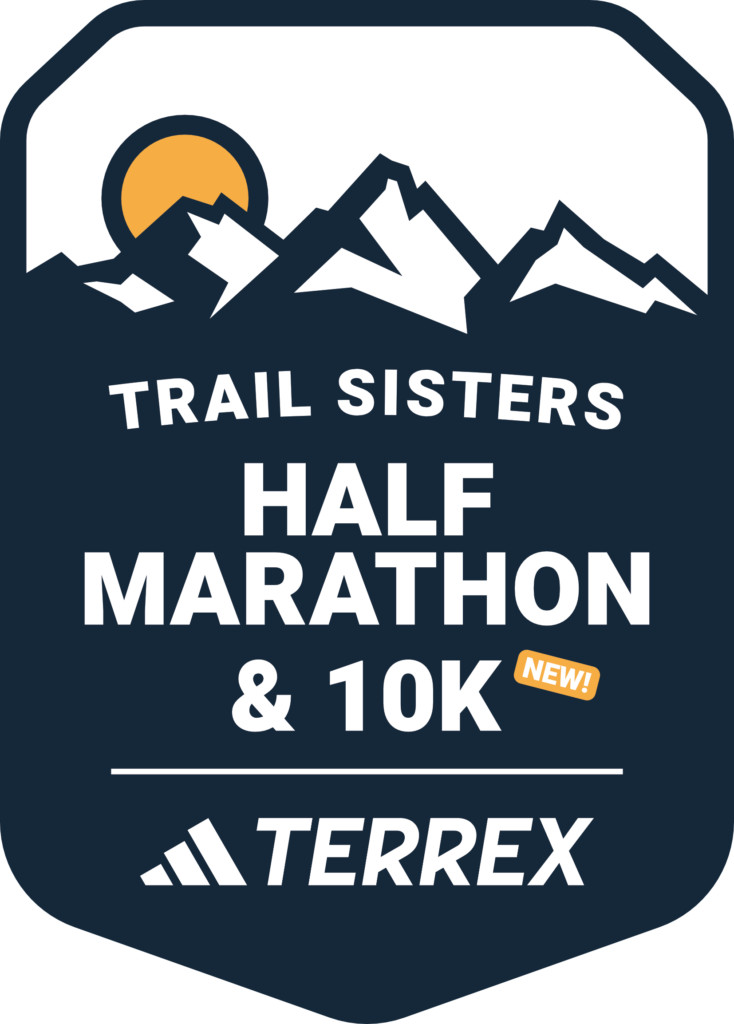



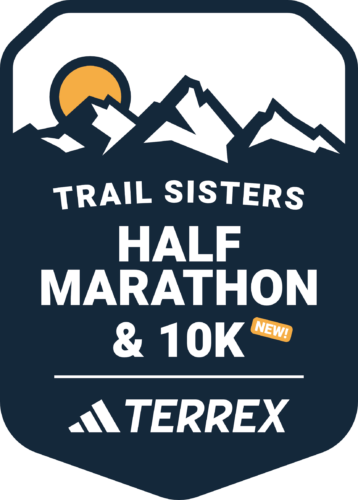


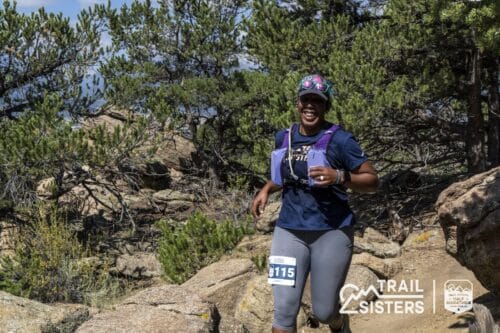



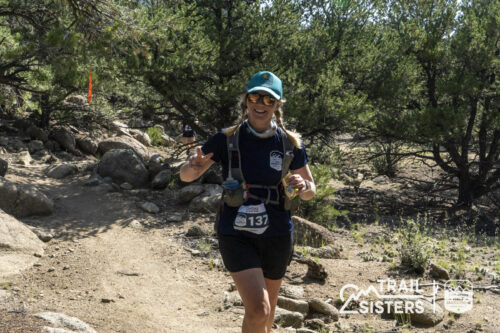



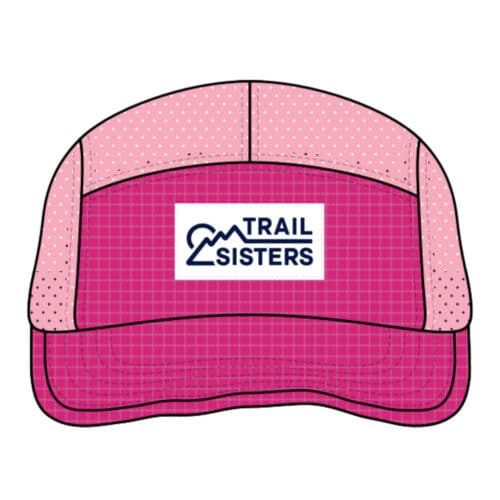
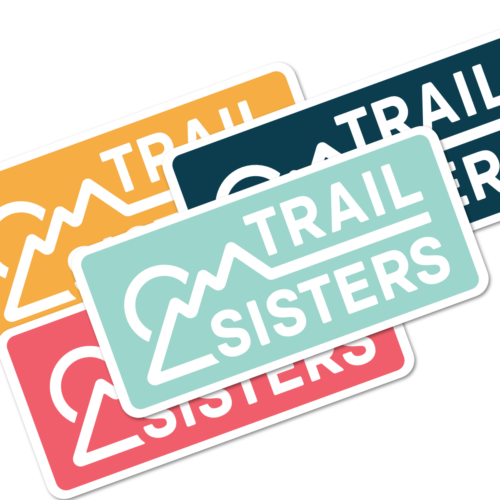


One Response
Pro-tip for those who are able to handle carrying extra “supplies”: performance-wise, the best days of your cycle are early in the luteal phase, around days 3-6. So basically once you get cramps and flow under control and past their peak annoyance factor, you are ready to RACE! I just set my 100 mile PR on day 4 of my cycle and I couldn’t have been more ready or willing.
I highly, HIGHLY recommend the book ROAR by Stacy Sims. She’s done more in the last several years in the area of medical research on female athletes than anyone decades prior. Great stuff in there, for sure.